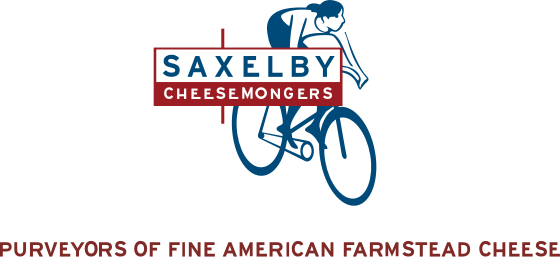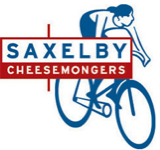Cheddar cheese is undoubtedly one of the world's most popular cheeses. Sharp, savory, and strong, cheddar is at home on a cheese board, atop a burger, in mac and cheese, and with crackers as a midnight snack.
Cheddar cheese originated in England; its production dates back to the 12th century. The county of Somerset (in southwestern England) is home to a village called Cheddar that is known for its gorges and caves. Before the advent of refrigeration, these naturally occurring fridges were ideal spaces to age cheese. Throughout the centuries cheddar cheesemaking techniques expanded beyond England's borders to just about every region of the globe.
What most people don't know is that cheddar is both a noun and a verb. To make cheddar cheese, one must ‘cheddar’ the curds. When cheddar cheese is made, the cheesemaker follows the same steps as they would to make other kinds of cheese, but adds a crucial step into the process.
There are infinite variations and permutations in the world of cheesemaking, but the basic gist is this: You start with milk, add live cultures to kick start the fermentation process, coagulate the milk with help of special enzymes (the coagulated milk is called 'curd'), cut the curd (this allows the liquid whey to be released), put the curd into a mold or form that gives the finished cheese its shape, salt the cheese, and age the cheese.

With cheddar cheese, once the curd is cut, the cheesemaker drains all the whey out of the cheese vat, letting the curd mat together on the bottom. Think of it like a big, spongy carpet of squeaky curds. Then the curd is sliced into blocks, and those blocks are stacked on top of one another. After a few minutes, the blocks are flipped and re-stacked, and flipped and re-stacked, and so on, until the curd reaches the proper acidity.
Once the curd is deemed acidic enough, the blocks of curd are fed through the ‘curd mill’, the cheesemaker’s equivalent of a wood chipper, and broken back down into small bits called ‘fingers’. (Which, admittedly, is an odd and slightly disconcerting name… perhaps a cautionary tale for cheesemakers to keep their hands sufficiently away from the curd mill!) The fingers of curd are then salted and packed into a mold and pressed together until they’ve fused into a solid wheel of cheese.

This flipping, stacking, and milling blocks of curd is what's called 'the cheddaring process', and it's what produces cheddar cheese’s signature strength and bite – all of the acid built up in the curd during this labor intensive cheddaring process expresses itself as ‘sharpness’ in the finished cheese.
All cheddar starts out as whitish in color (though certain breeds of cows produce more golden-hued milk, especially if those cows are out on pasture). Yellow or orange cheddar is dyed with a natural extract of the annatto seed, which lends the bright color to the finished cheese.
Shop our selection of award-winning American artisan cheddar cheese and find a new favorite!

